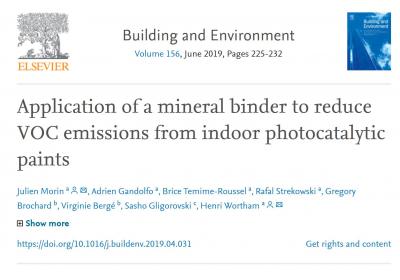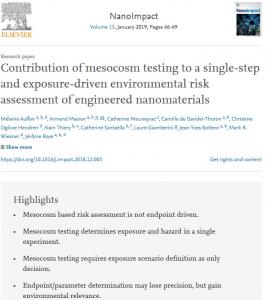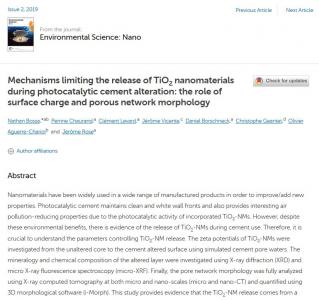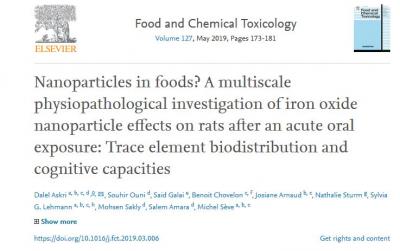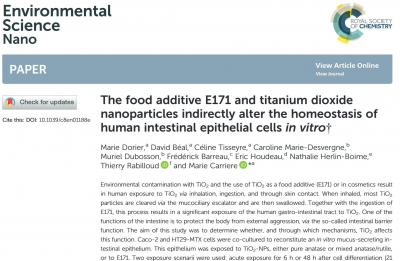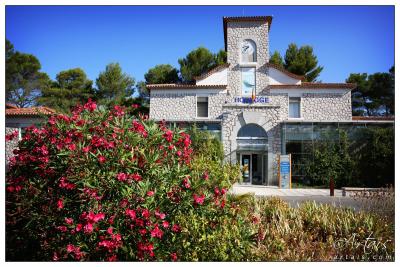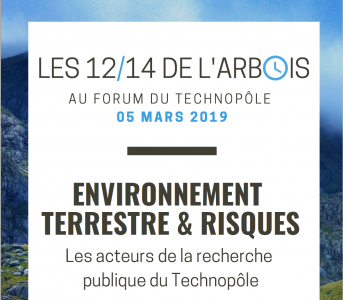Given toxic nature of many VOCs present within indoor environments, it is necessary to measure and quantify indoor VOC emissions to better inform and protect the public from possible adverse health effects of indoor air pollution. To better understand and quantify this problem, a horizontal flow tube reactor was used to study VOC emissions from selected paint.
Read MoreEnvironmental risk assessment of nanomaterials generally relies on a decision-tree based strategy which provides guidance and protocols for the determination of a collection of hazard end-points. Mesocosm testing is based on a different approach. It consists in monitoring the evolution of a re-created miniature ecosystem subsequent to a nanomaterial contamination.
Read MoreNanomaterials have been widely used in a wide range of manufactured products in order to improve/add new properties. Photocatalytic cement maintains clean and white wall fronts and also provides interesting air pollution-reducing properties due to the photocatalytic activity of incorporated TiO2-NMs.
Read MoreIron Oxide Nanoparticles (IONPs) are used in several fields of application, mainly in the biomedical field for their magnetic properties and in food additive known as “E172” for their colour. In the present investigation, we focused on IONP effects on Wistar rat following acute oral exposure.
Read MoreEnvironmental contamination with TiO2 and the use of TiO2 as a food additive (E171) or in cosmetics result in human exposure to TiO2 via inhalation, ingestion, and through skin contact. When inhaled, most TiO2 particles are cleared via the mucociliary escalator and are then swallowed.
Read MoreThe NanoSafety Cluster's Newsletter, brings you their first regular special reports.
Read MoreL'article datant de samedi 23 mars fait l'état de la quantité de crème solaire sur nos plages et explique que les chercheurs du LabEx SERENADE élaborent des crèmes solaires plus respectueuses de l'environnement.
Read MoreThe first day will be mainly dedicated to the case-study presentations. During the second day, working sessions on a review article and the organisation of the Serenade closing conference are planned.
Read MoreCette nouvelle édition des « 12/14 de l’Arbois » vous invite à découvrir ou redécouvrir les grandes ressources académiques et scientifiques du Technopôle.
Read MoreLe cluster Éa éco-entreprises, en partenariat avec Labex SERENADE souhaite poursuivre la co-construction du projet NEC conformément aux attendus exprimés par les acteurs de l’écosystème lors des 2 groupes de travail qui se sont tenus en 2018 et qui ont regroupé près de 40 acteurs représentants plusieurs métiers.
Read More








